Golden Aswan
It is the southern gate of Egypt and is located on the eastern bank of the Nile at the first waterfall of the Nile,
Aswan was known as “sono” in the ages of the ancient Egyptians, and its meaning was the market, as it was a commercial centre for caravans coming to and from Nubia. Then it was called in the Ptolemaic era “Sin”, and Nubians called it “Yuba Swan”.
It was also known as the Land of Gold because it was a great treasure or tomb for the Nubian kings who lived there for thousands of years. The borders of Aswan extended from ancient Asia to the south to the borders of Sudan to the south, and its inhabitants were Nubians. Still, after the Islamic conquest of the Nuba countries, some Arab tribes inhabited them.
In it, Eratosthenes refuted the theory of flat Earth and made the first calculation of the Earth’s circumference, taking a concentrated sine and Alexandria a terminal point to calculate the arc length between the two points and the angle of sunlight falling on each of them and from them according to the circumference of the Earth. Eratosthenes relied on the sun perpendicular to the orbit of cancer (almost passing through Aswan) on June 21.
Aswan is one of the most wonderful places in Egypt from which you can see the Nile at its best. The colour of the yellow sunlight that touches the surface of the silver Nile River, which lightly ripples the air trailing it, will not be a sight to see anywhere else. The River Nile alone is an enormous tourist attraction in Aswan, where it was healed.
The city of Aswan and its surroundings are considered a tourist and archaeological area in which there are landmarks and originality of ancient Egypt, Elephantine Island, and the island includes the Temple of Khnum, along with the presence of the Nile Scale, the Holy Ram’s Tomb, the Gate of King Amenhotep the Second and the Trinity of Satan and Anat.
There are also in Aswan, the Kalabsha Temple, the Temple, Beit al-Wali, the Philae Temple, the Great Temple (Ramses II), the Philae Island, and the High Dam Aghakhan Cemetery Botanical Garden, and the Nubian Museum.

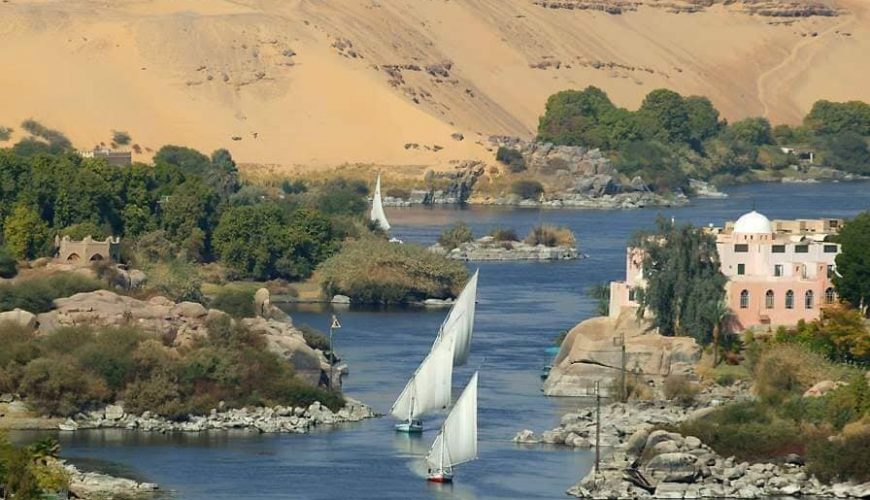
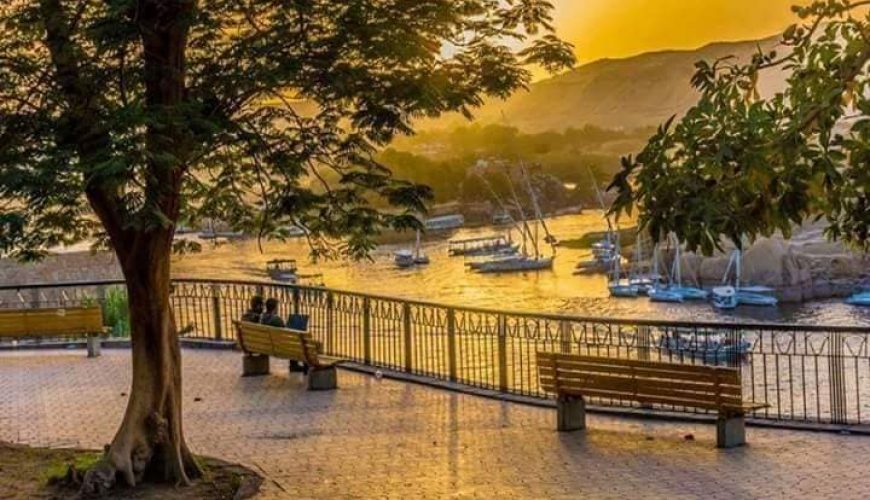
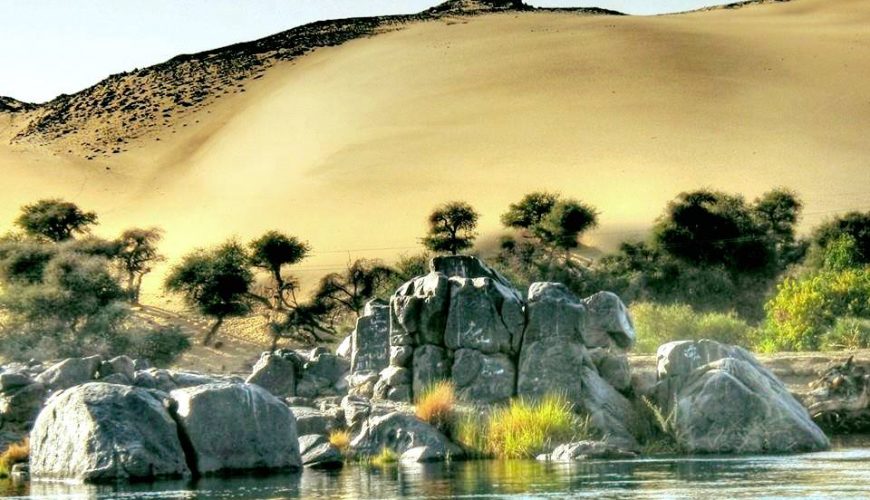
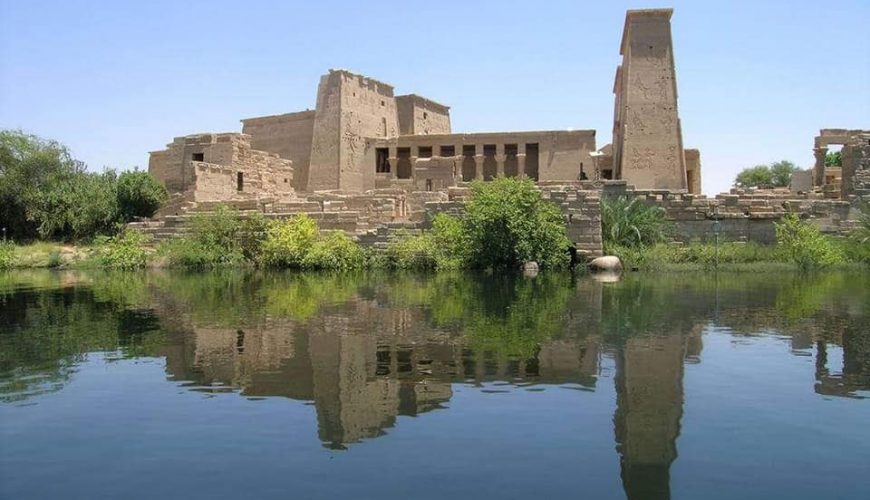
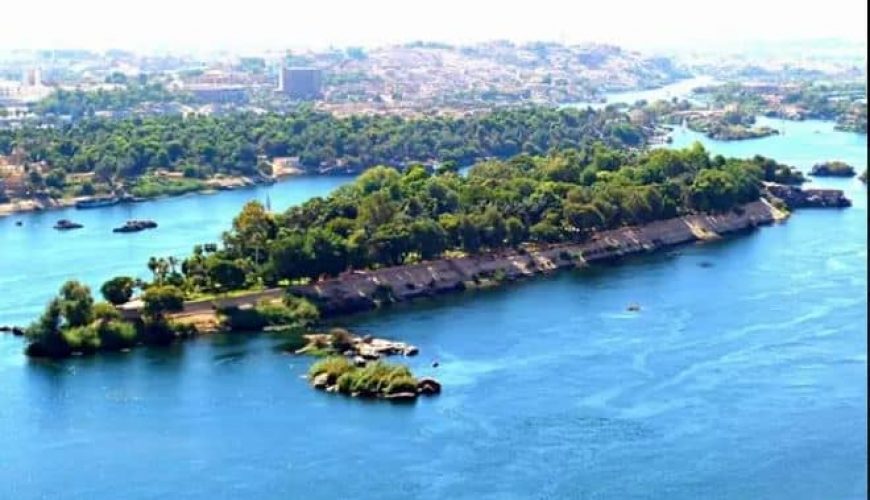
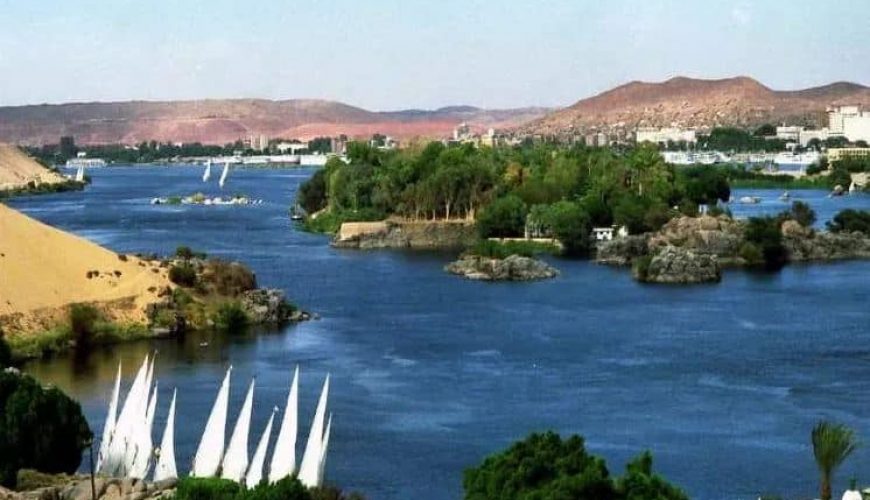
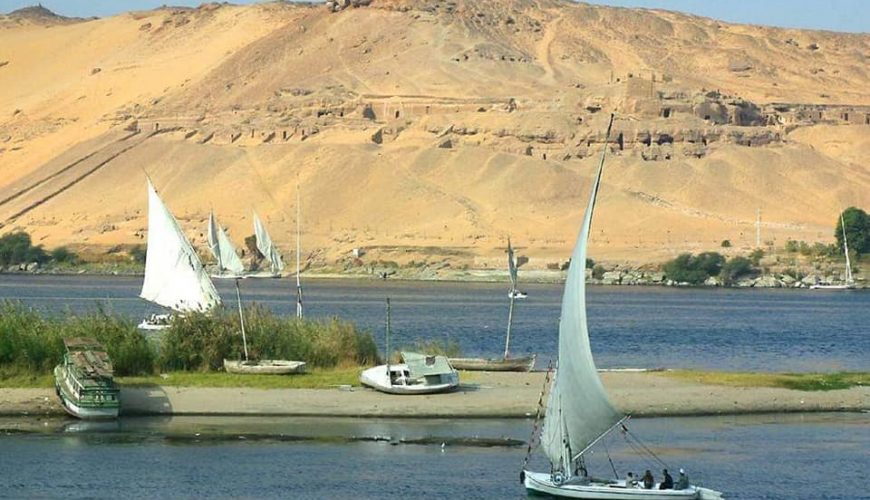

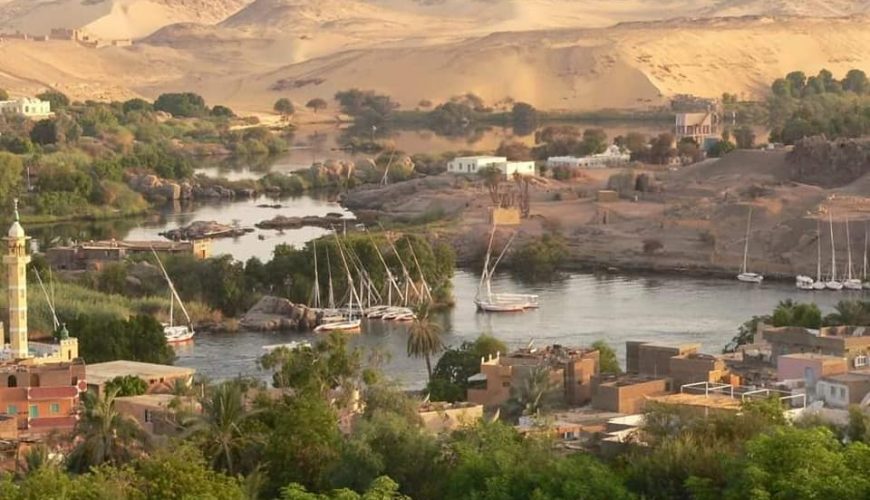
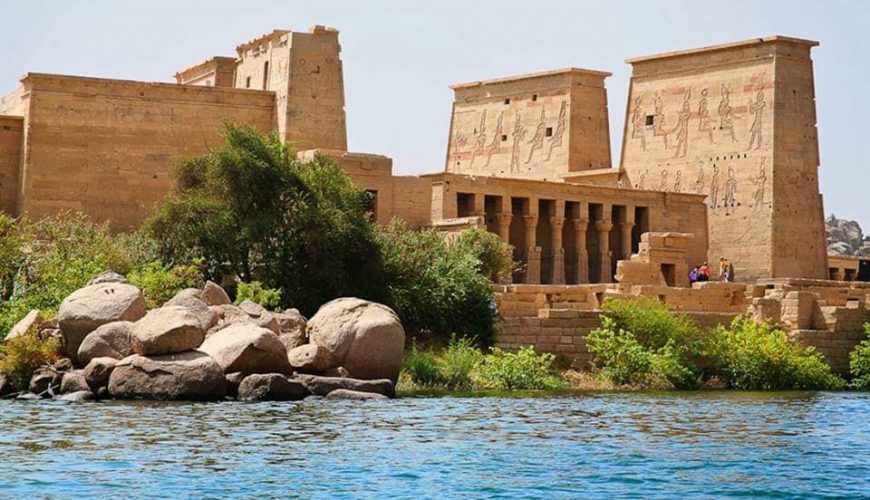
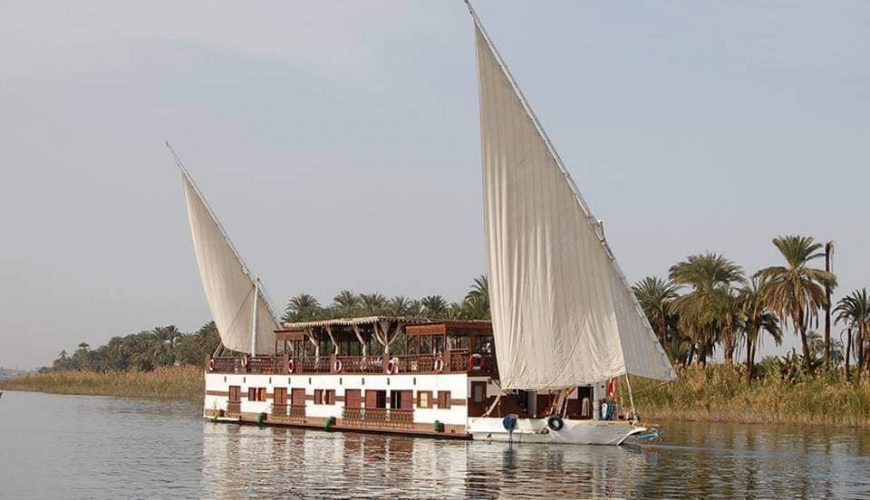
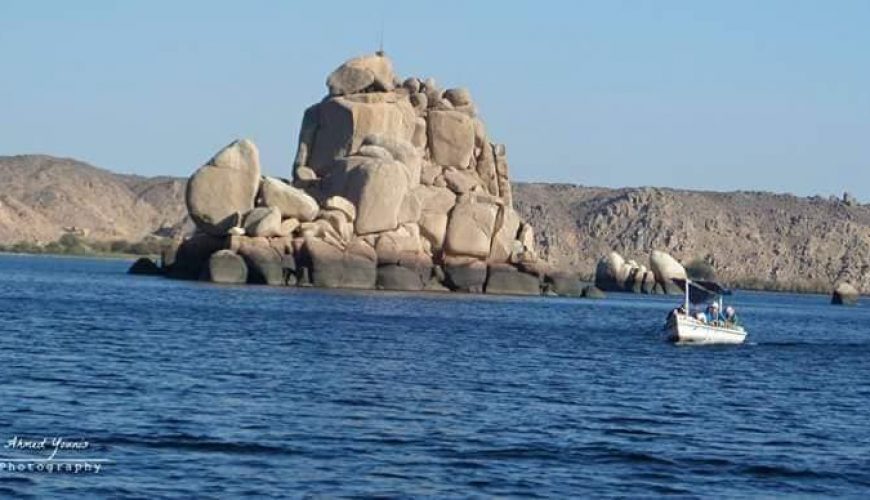
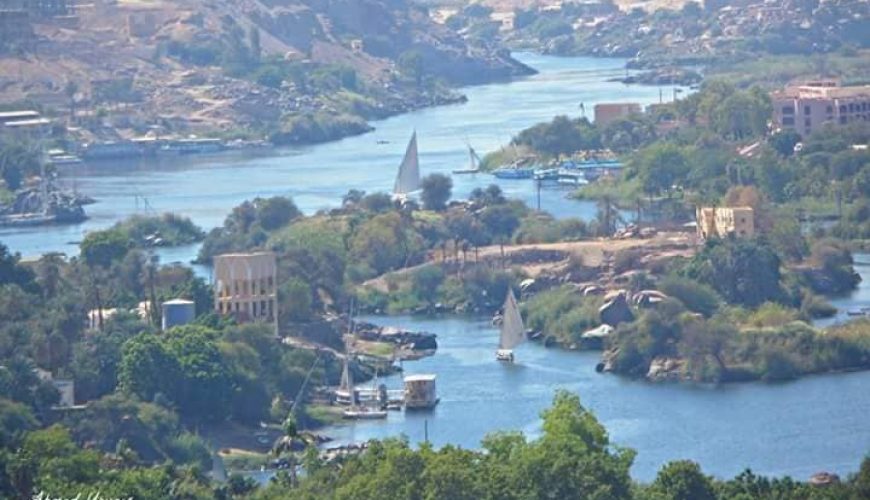
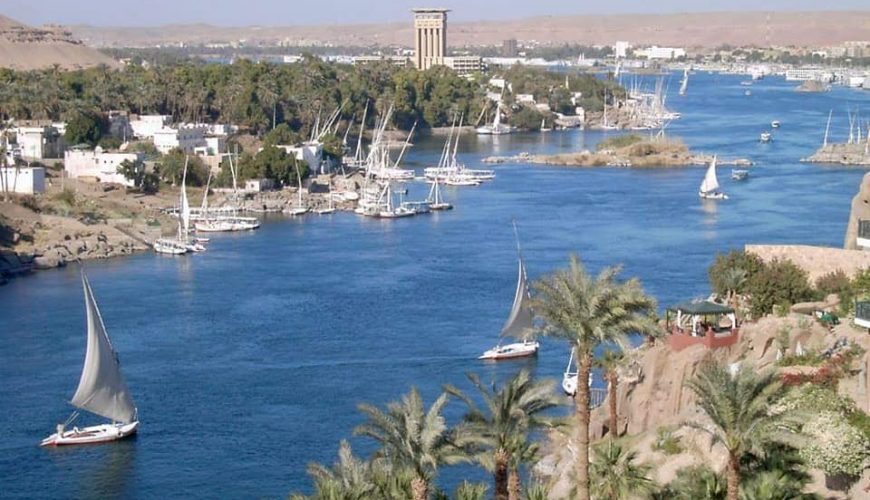
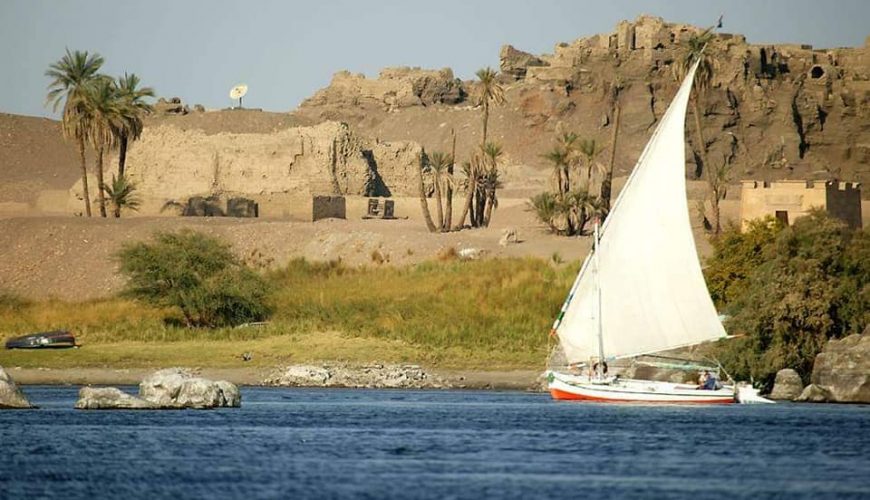
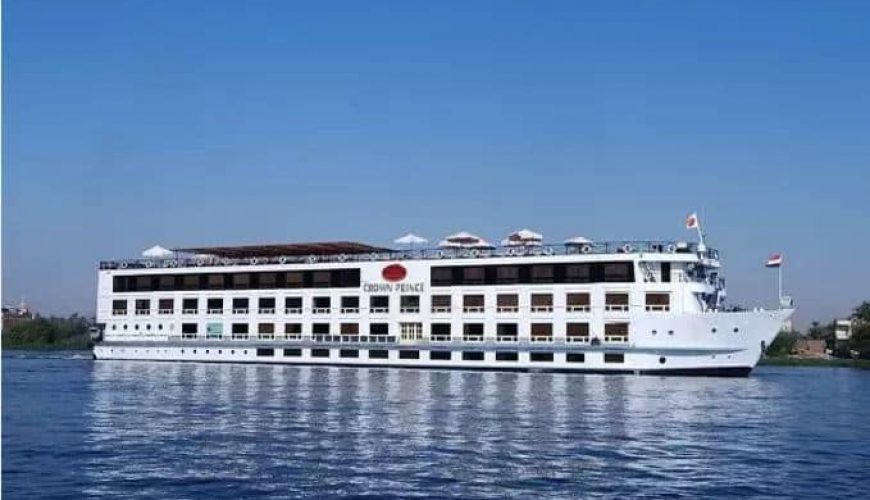
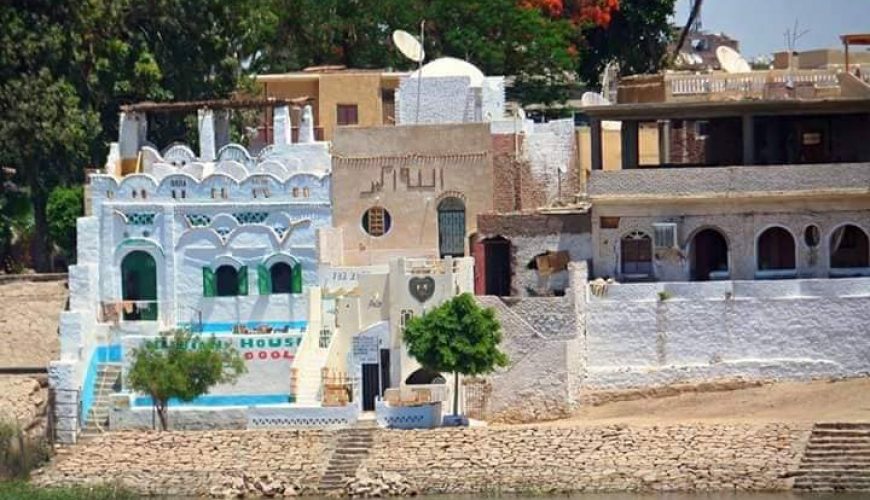
Comment (0)